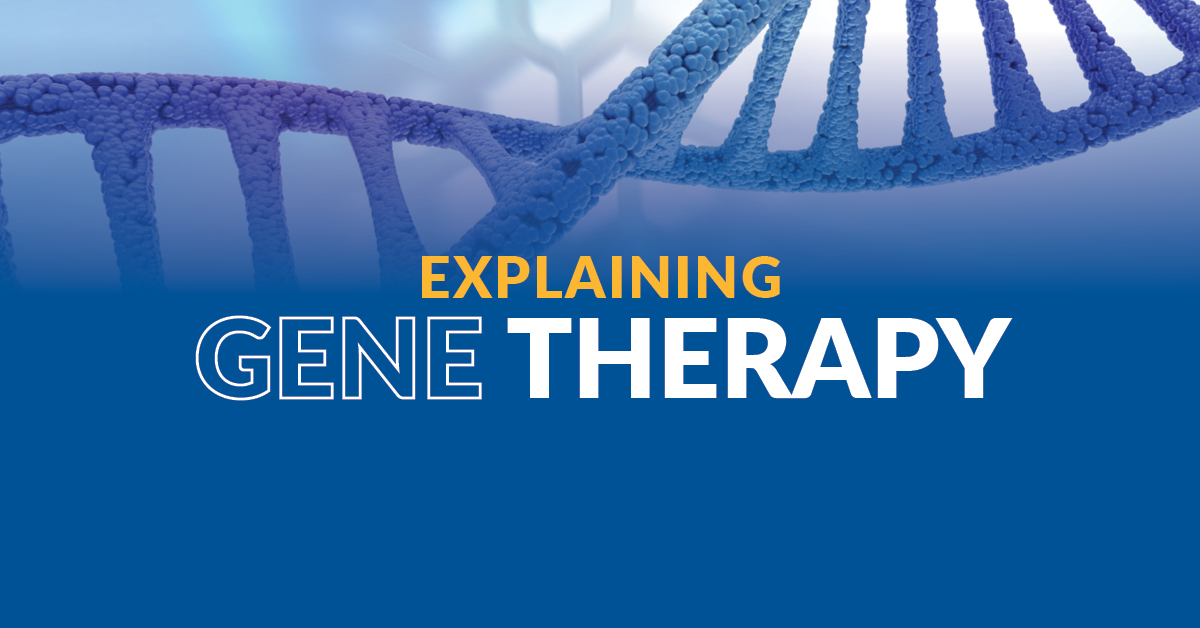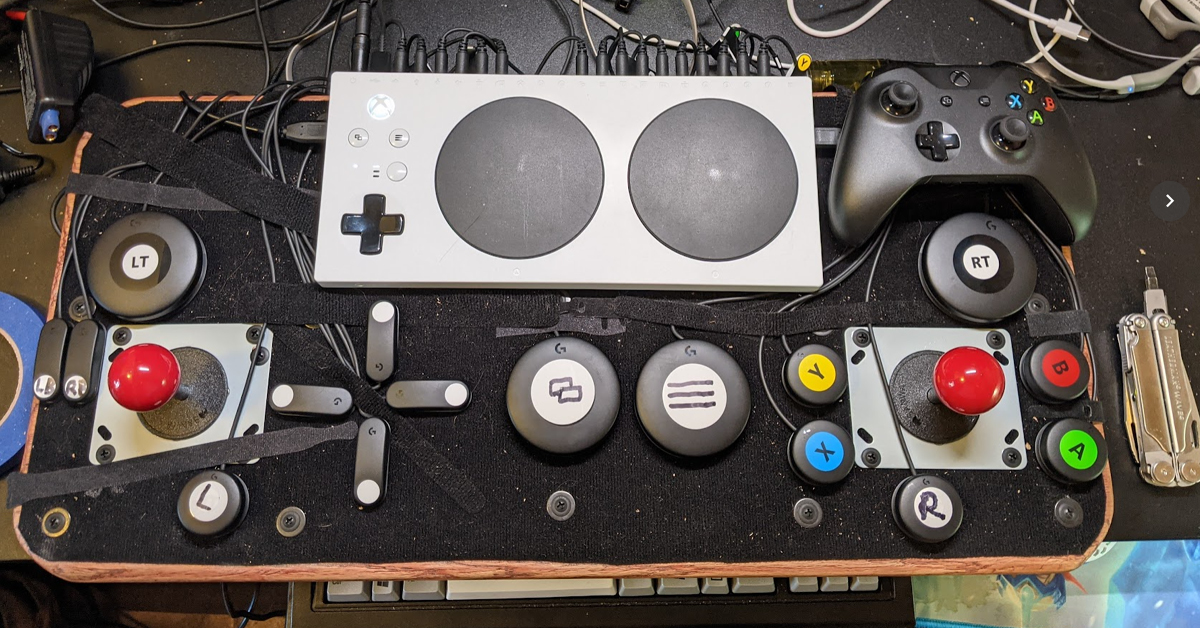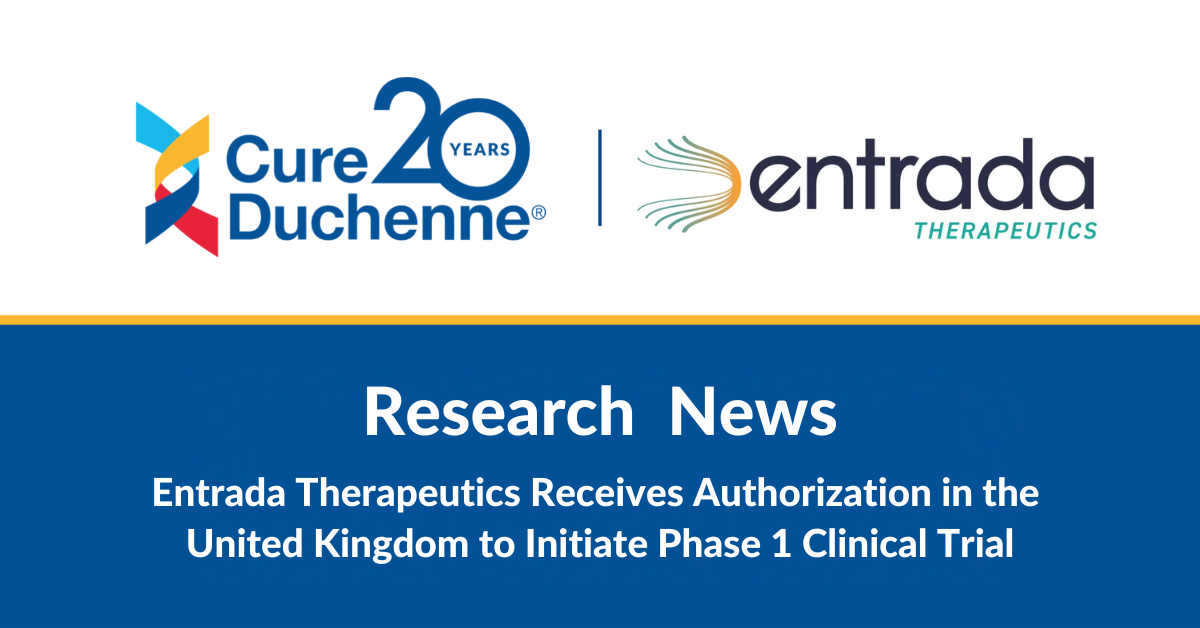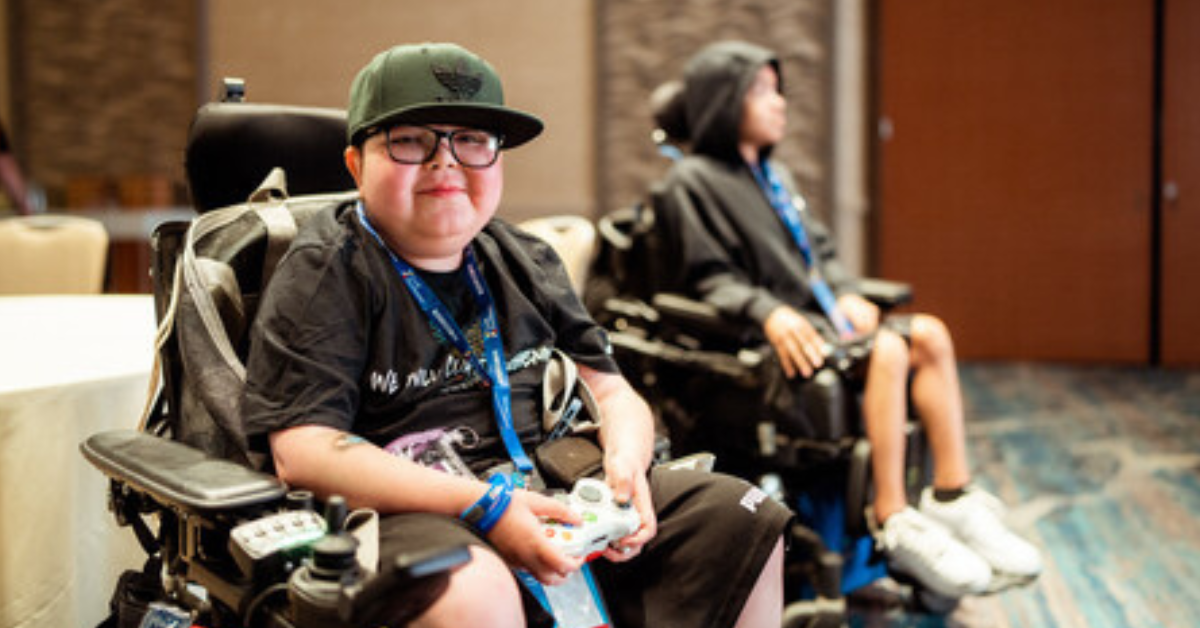Decoding Gene Therapy for Duchenne

While there is currently no cure for Duchenne muscular dystrophy, gene therapy has the potential to target the underlying genetic cause of many mono genetic diseases and could potentially benefit a significant percentage of individuals with Duchenne. The FDA recently granted accelerated approval to the first gene therapy for Duchenne last month. CureDuchenne has supported gene therapy approaches since 2011 and is excited about the multiple companies that have promising technology in their pipeline.
How gene therapy works
Gene therapy has shown promise not just in Duchenne, but also in spinal muscular atrophy, hemophilia, and certain types of cancer. These conditions are caused by mutated genes and can be treated by delivering a healthy copy of the gene to the cell via gene therapy.
There are three parts that make up gene therapy: the vector, promoter and transgene. The vector, or adeno-associated virus (AAV), delivers the transgene, or new gene, and the promoter, which activates the transgene when it arrives at the right cells.
In Duchenne, Gene therapy introduces a functional version of the dystrophin gene into a patient’s muscle cells using a harmless virus. By restoring functional dystrophin protein in muscle cells, gene therapy has the potential to slow or even halt the progression of Duchenne.
History of gene therapy
Starting in 1984, a lab-engineered AAV was created to transport genes into the correct cells. It was first used in a cystic fibrosis patient in 1995. In 1996, AAV was used to target a muscle cell, offering a glimpse that it could be used to treat Duchenne. Scientists then got to work on shortening the dystrophin gene so it could fit in the AAV. But a death in an early gene therapy trial in 1999 for a different disease using a different viral vector, an adenovirus, halted the progress that had been made in gene therapy. Over the next two decades, researchers continued to refine the micro dystrophin gene and found a specific AAV that better targeted the whole body, eventually leading to the types of gene therapies that we see in trials today.
Benefits and risks
While gene therapy has the potential to significantly improve the lives of people with Duchenne, more research is needed to determine its long-term safety and effectiveness. It may not be appropriate or effective for all patients, and individual needs should be discussed with healthcare providers. That’s why CureDuchenne is committed to funding companies that are fixing gaps in gene therapy, such as viral delivery and re-dosing, while also looking ahead to technologies that could deliver full-length dystrophin.
Finding Solutions
CureDuchenne has been working on potential solutions to address the gaps with gene therapy, including the inability of individuals with neutralizing antibodies (nAbs) from prior environmental exposure to be dosed with AAV. These strategies may also provide a path forward where redosing of individuals who have received a prior AAV therapy may also be possible. Our strategy is comprehensive, and includes funding the development of new, modified AAV viruses with improved muscle targeting (e.g. Shape Therapeutics, 4DMT) as well as other strategies to reduce the dose, improve safety, and ease the burden on manufacturing a drug product (Insmed). We’ve also supported the development of the Evader gene delivery platform (Chameleon Biosciences), which aims to shield the AAV virus from detection of the immune system, and if successful to allow dosing of patients who are seropositive to an AAV and, importantly, redosing when required.
We have also taken an early initiative to fund the development of non-viral gene delivery technologies, which not only get around pre-existing immunity to AAV, but also are not restricted by cargo size. These experimental therapies ostensibly could deliver larger gene transcripts, potentially including the full-length dystrophin protein (e.g., CODE Biotherapeutics, Myosana Therapeutics). These approaches, if successful, would also effectively address redosing concerns.
Recently, CureDuchenne has also funded four important projects:
- Insmed Incorporated: Next-generation gene therapy with a targeted delivery approach designed with the potential to address some of the current limitations of current gene therapy approaches.
- Locanabio: snRNA-mediated exon skipping program intended to restore dystrophin and improve muscle health in people living with DMD.
- MyoGene Bio: AAV-delivered CRISPR/Cas9 gene editing approach designed to produce a highly functional dystrophin transcript that would be applicable to up to 50 percent of all DMD patients.
- Collaborative Research Grant to the University of Florida: CureDuchenne, Muscular Dystrophy Association and Parent Project Muscular Dystrophy announced joint support of a project led by Dr, Barry Byrne, to test the ability of an FDA-approved drug to reduce nAbs in individuals with DMD.




